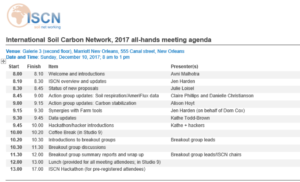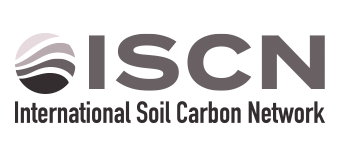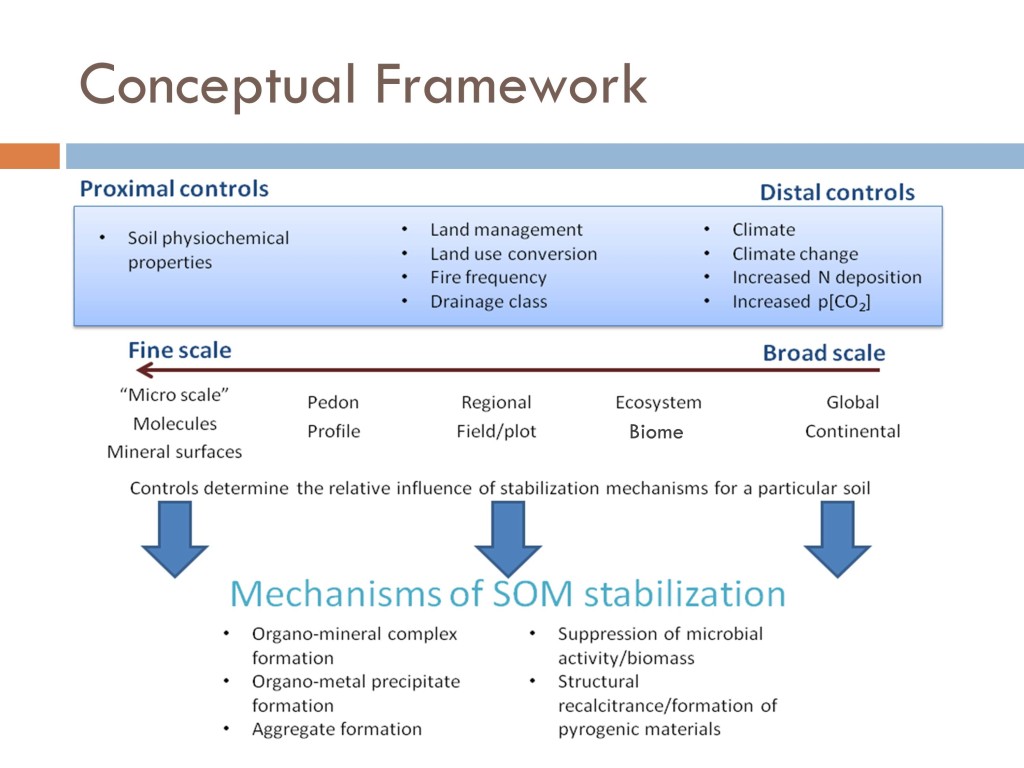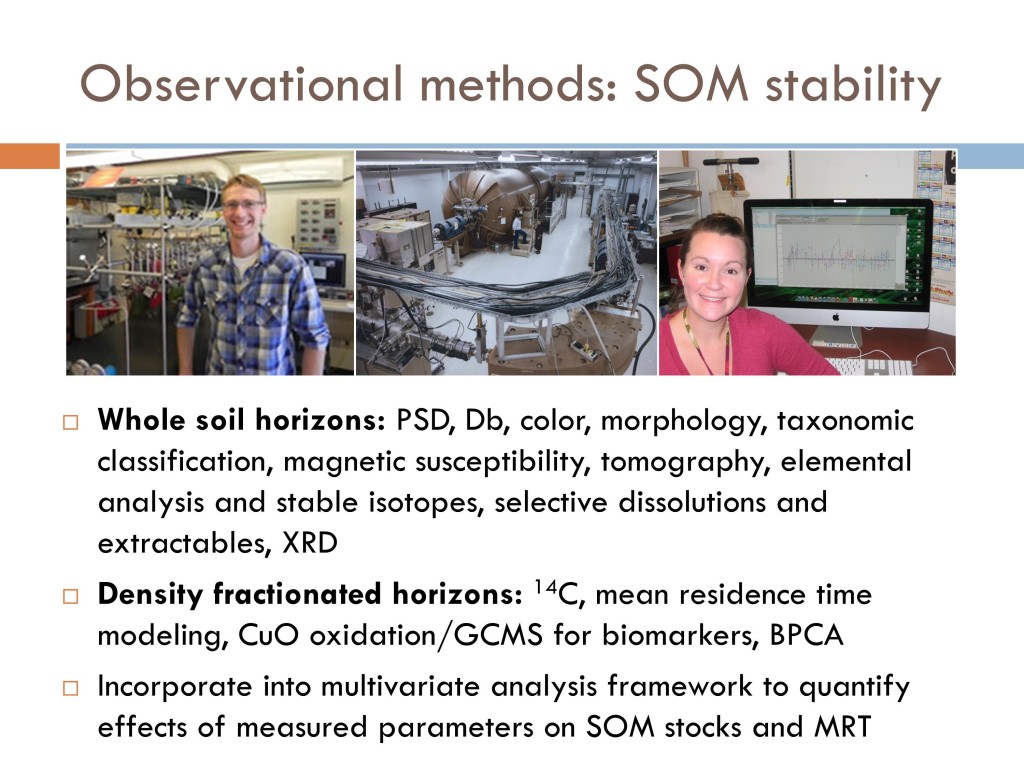ISCN all-hands meeting and Data Hackathon at AGU 2017
**January 2018 update: we will post the summary from AGU meetings at the end of this month!
**December 7th, 2017 update: please note that if you signed up for the hackathon and/or the all-hands meeting and are not getting any emails from us, they might be going to your spam folder. For the all-hands meeting, all the logistical information is below.**
_____________________
Greetings soil carbon lovers!
There are three exciting ISCN related events at AGU fall meeting 2017, New Orleans:
1) ISCN all-hands meeting: All are welcome! Whether you are an ISCN member or interested in becoming one, or just curious about the network or database, join us! Click below to see the meeting agenda:

Sign up now to attend!
Date and time: Sunday, December 10, 2017; 8 am to 1 pm
Location: Galerie 3 (second floor), Marriott New Orleans, 555 Canal street, New Orleans
2) Data hackathon: co-hosted by the International Soil Carbon Network (ISCN) and the Permafrost Carbon Network (PCN) tentatively Sunday, December 10th (afternoon). Want to see how your data compare and contribute to comprehensive datasets? Interested in finding new uses for old data? Want to help us grow our “Underground Network” in one searchable database? Bring your own soil carbon data or work with existing datasets! In this hackathon we’ll craft R scripts to harmonize soil carbon data and build teams for future collaborations. Soil survey, field experiments, and laboratory incubation, soil respiration data are welcome, though we are not currently set-up to work with ‘omics or high resolution MS/NMR data.
See event details and register. Note that spaces are now full and you can register to be on the wait list.
Date: December 10, 2017; Time: 1 to 5 pm; Location: Galerie 3 (second floor), Marriott New Orleans, 555 Canal street, New Orleans
3) Session B063: Soil Carbon Dynamics at Broad Scales: Linking Mechanistic Knowledge to Broad-scale Applications. Time and location tbd in October



 Of the 10 cores collected at each of 40 sites, 5 are being characterize and described. The other 5 are archived and available for community use. Of the characterized cores, the uppermost mineral, first illuvial, and lowermost pedogenic horizons are being composited, density fractionated, and analyzed.
Of the 10 cores collected at each of 40 sites, 5 are being characterize and described. The other 5 are archived and available for community use. Of the characterized cores, the uppermost mineral, first illuvial, and lowermost pedogenic horizons are being composited, density fractionated, and analyzed.